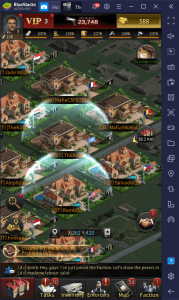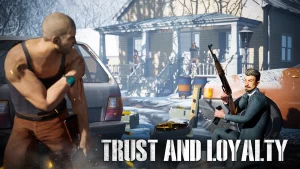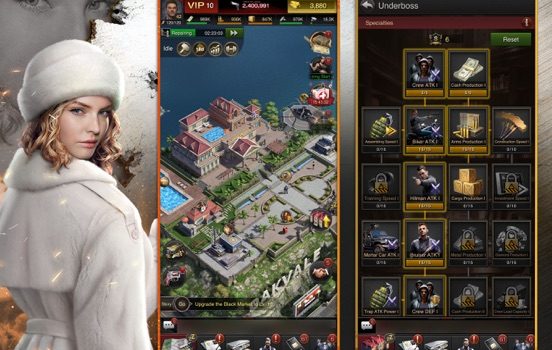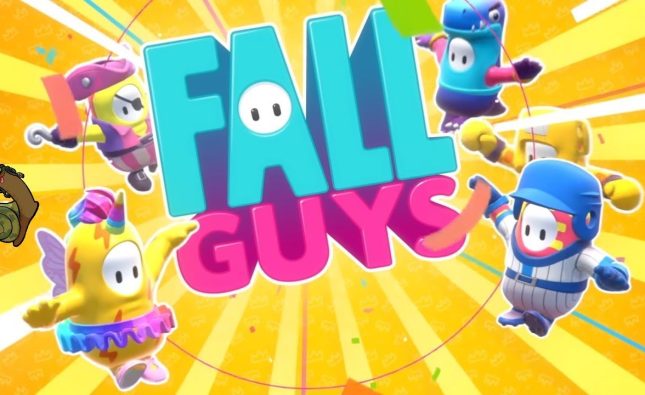
Introduction
In the realm of gaming, character development isn’t just about individual prowess; it extends to creating robust alliances and formidable gangs that can shape the narrative and gameplay. This article delves into strategies for character and gang development, providing insights into crafting compelling personalities and forging powerful alliances within the gaming landscape.
Character Development
Fleshing Out Personalities
To create engaging characters, start with depth. Provide backstories, motivations, and fears that make them relatable and intriguing. Think about their goals within the gang—do they seek power, redemption, or loyalty.
Unique Skillsets
Characters with distinct abilities or skills enrich the gameplay experience. Consider diversity in strengths—ranging from combat prowess to technical expertise—to allow for varied gameplay styles.
Moral Ambiguity
Characters with moral complexities add layers to the narrative. Building in moral dilemmas or conflicting loyalties can make decisions within the game more impactful.
Gang Dynamics
Establishing Identity
Define your gang’s identity—be it a ruthless syndicate, a band of rebels, or an honorable group bound by a code. This identity should influence the gang’s actions and interactions within the game world.
Leadership and Hierarchy
A well-defined leadership structure adds depth to the gang dynamics. Consider hierarchies, internal power struggles, or even potential betrayals within the ranks.
Resource Management Managing resources—be it territory, funds, or weaponry—is crucial. Balancing expansion, fortification, and maintaining influence can create immersive challenges.

Building Relationships
Inter-Gang Relations
Interaction with other gangs can shape the game world significantly. Alliances, rivalries, or diplomatic negotiations can lead to dynamic shifts in power and story arcs.
NPC Interaction
Non-playable characters (NPCs) can add depth to your gang’s story. Quests, alliances, or conflicts with NPCs can influence the gang’s reputation and alliances.
Player Choices and Consequences
Player decisions should hold weight. Branching storylines, where choices impact relationships and outcomes, enhance replayability and immersion.
Narrative Integration
Questlines and Story Arcs Intertwine character and gang development with the overarching narrative. Questlines that explore individual character growth within the context of gang objectives create a cohesive experience.
Player-Driven Stories Empower players to influence the narrative through their actions. Dynamic events triggered by player choices can lead to emergent storytelling.
Emotional Investment Foster emotional connections through compelling storytelling. Moments of triumph, betrayal, or sacrifice within the gang create memorable experiences.
Technical Considerations
Customization and Progression
Allow for character and gang customization and progression. Unlockable abilities, upgrades, or visual enhancements can incentivize player engagement.
User Interface and Communication
Intuitive interfaces for managing gangs, communication tools, and feedback mechanisms enhance the player’s experience in leading their faction.
Balancing Gameplay Mechanics
Ensure a balanced gameplay experience. Strive for fairness in abilities, power dynamics, and challenges faced by different gangs.

Conclusion
The art of character and gang development in gaming lies at the intersection of narrative depth, strategic gameplay, and player agency. By crafting compelling characters, defining intricate gang dynamics, and integrating these elements into a rich narrative, game developers can offer players an immersive and engaging experience that transcends mere gameplay mechanics. Ultimately, it’s about empowering players to shape their stories within these dynamic, living worlds.










